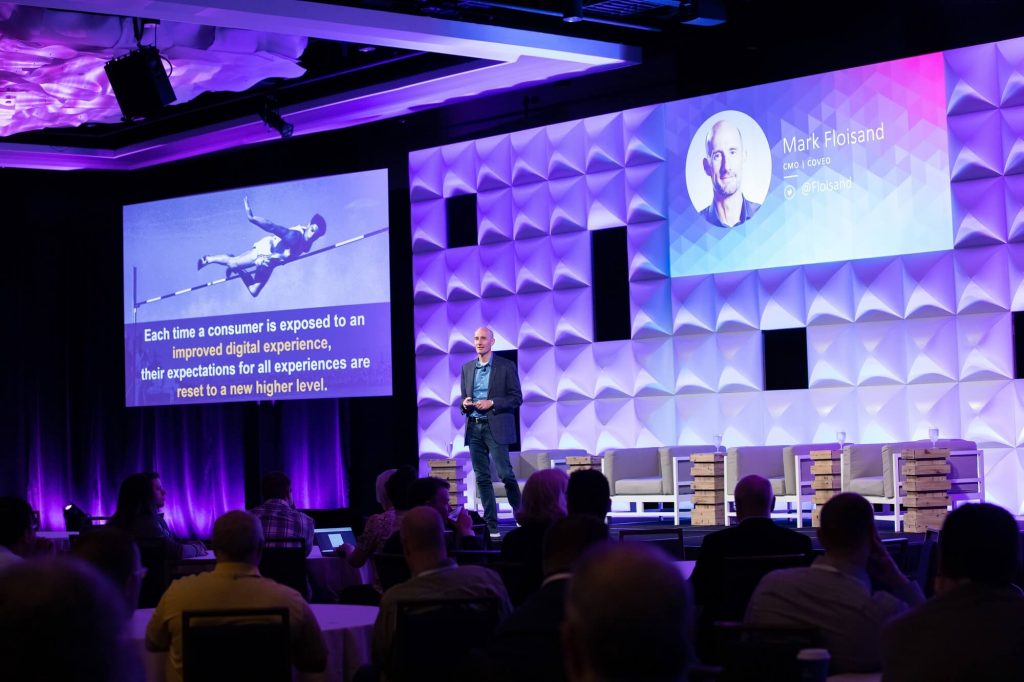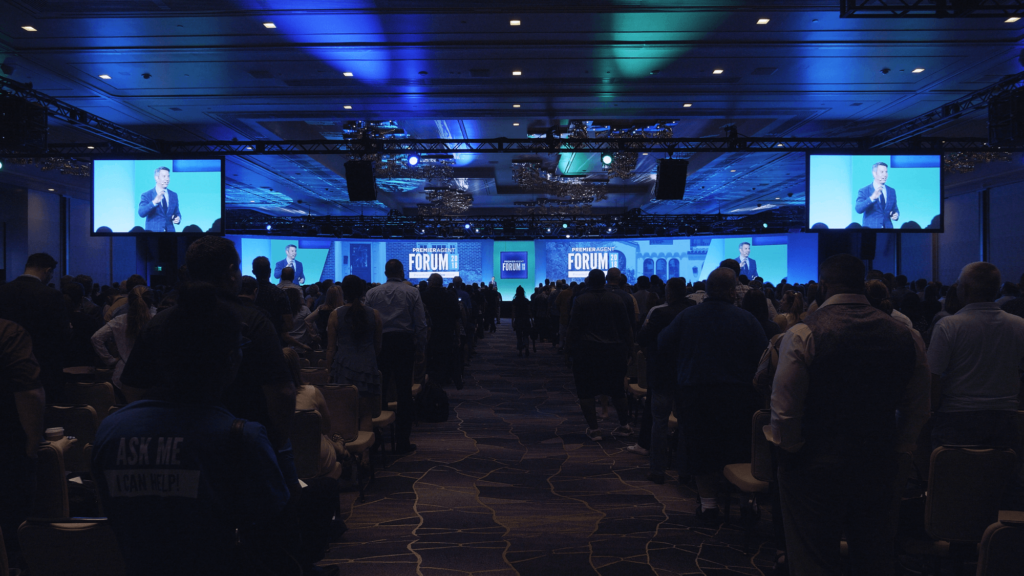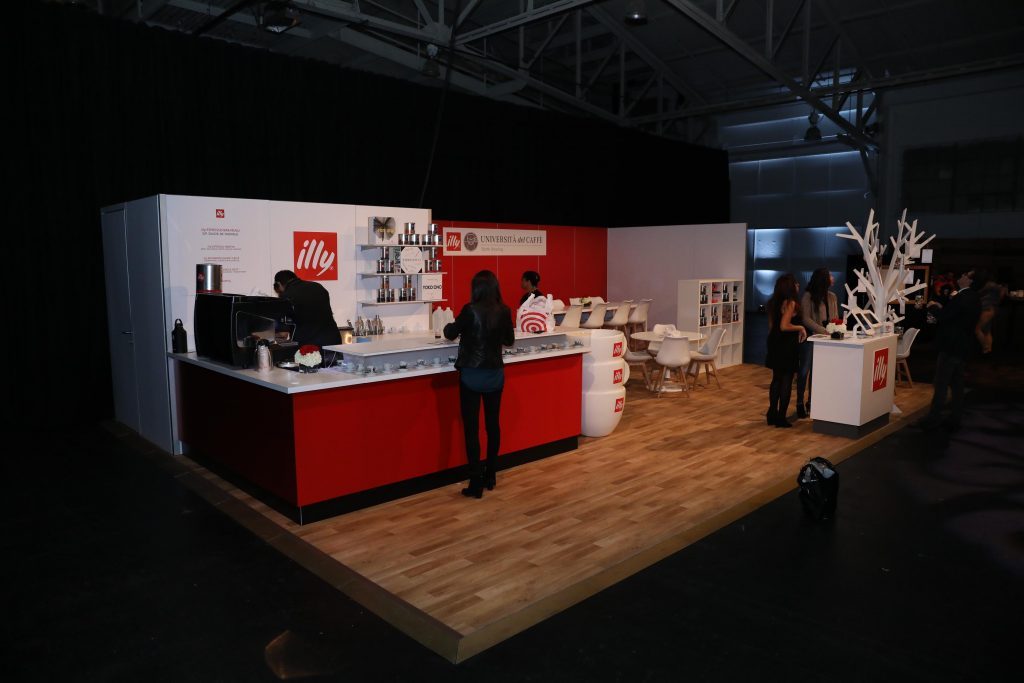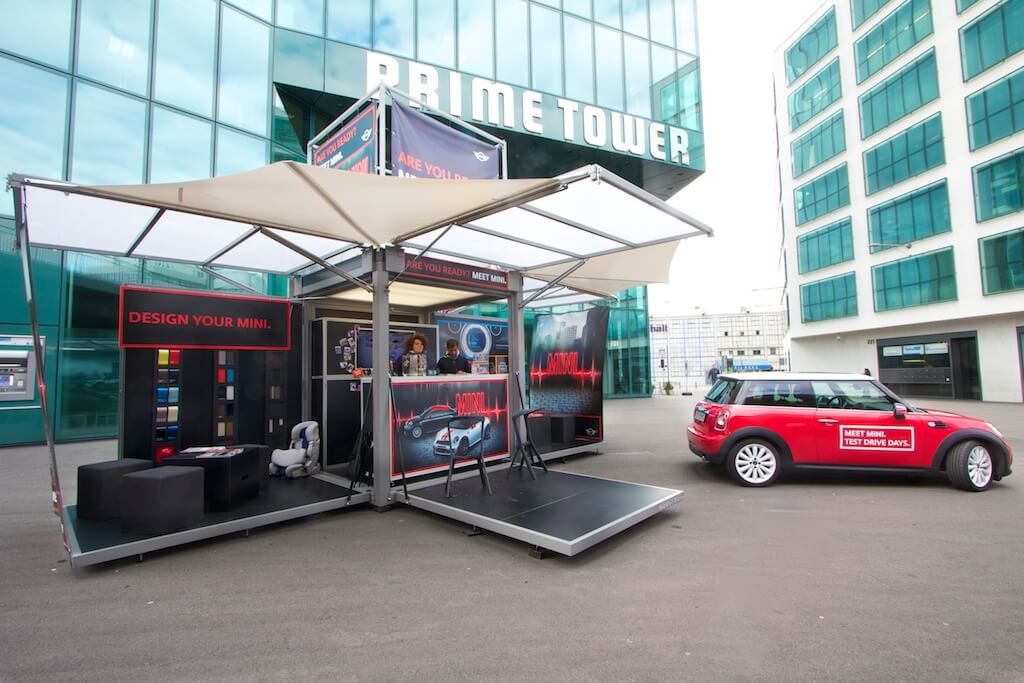The corporate events industry is always changing, and event trends change along with it. We’ve seen big changes in the events industry over the last couple years. Many of the newest event trends have been influenced by public health needs and preferences. And while some of those changes were only temporary, others—like a focus on virtual and hybrid events—are likely here to stay. For event organizers and other event professionals, it’s vital to stay abreast of event trends in the industry after reopening.
1. Virtual and Hybrid Events: “Business as Usual”
Back in 2020, virtual events were something of a novelty, but two years later, they’re an essential part of the events industry. The virtual format is an event trend that is most definitely here to stay. Far from being unique and unusual, now they’re business as usual. Many formerly live events are adopting the hybrid format on a permanent basis. And in workplaces where some or all employees are working remotely, virtual meetings are now part of a normal working day. Some are even starting to use metaverse environments to hold meetings, train employees, and more.
Immersive 3D Virtual Events
2. Micro Events
Live corporate events have made a gradual return in 2022, after most events were postponed, on hiatus, or converted to a virtual format in 2020 and 2021. Most events are now returning to their original live formats; however, lower attendance figures indicate that not everyone is ready to go back to attending live events.
As a result, many in-person events are smaller, and this isn’t necessarily a bad thing! In fact, micro events can be a great option for smaller companies in niche industries. These kinds of events surged in popularity in 2020 and 2021 because only smaller events with limited attendee numbers were able to go ahead as planned.
Now, the term “micro event” can refer to both live and virtual events, and micro events are a popular event trend that companies of all sizes can get behind. A micro event could be:
- A hyper-local live event attended by people in a specific geographical area; for example:
- Seminars
- Guest speakers
- Networking events
- Pop-up stores or in-store product launch events
- A small online event held on a regular or semi-regular basis for a particular audience; for instance:
- Webinars
- Workshops
- Q&A sessions
- Podcasts
Micro events can be perfect for smaller companies hoping to build their customer base into a loyal following. They’re also an effective way to keep an online community engaged in the downtime between large events.

3. Boosted Numbers by Going Hybrid
Most events have returned to their live formats, but live attendance figures are lower than they were a few years ago. This event trend is happening pretty much across the board, for live events of all kinds, in all industries. It’s most noticeable with big annual events that routinely had tens of thousands of attendees every year. But smaller events are also working with reduced attendance figures.
Despite this, many physical events have been able to boost their numbers by going hybrid. The key is to provide a valuable content schedule for both live and virtual attendees. And then let people choose how they want to attend the event.
As with many measures of event success, great content is the key. Physical events that adopt the hybrid model must be able to offer content that’s on par with what people expect to see at the live venue. Otherwise, it’s not a true hybrid—it’s just a live event with some online content. A true hybrid should be able to offer attendees a valuable experience whether they attend virtually or in-person. It doesn’t have to be the exact same experience, but it should provide good value.
4. The Rise of Engagement-Focused Event Content
The concept of engagement has always been an important one in marketing, as well as in events. An engaged event attendee is one who’s alert, focused, and interested in what’s happening. They pay attention to event content and are more likely to retain what they learn. They enjoy the event more, and they tend to have a more positive opinion of the event overall.
There’s no doubt about it: Engagement is crucial. It’s become even more so over the last couple years, as virtual and hybrid events have become a major part of the industry. The main reason for this is that it’s harder to engage an online audience. Attendees at an online event are removed from the action, and they’re not experiencing it in-person the same way an attendee at a live event does. This, coupled with the fact that the entire internet is just a few mouse clicks away, means it’s harder to keep virtual attendees engaged. And that means engagement has become a major focus for virtual event organizers.
Because it’s harder to keep the audience engaged, event content at virtual and hybrid events must be designed to boost engagement. This event trend means:
- Shorter presentations: No more overlong speakers or panel discussions. Instead, there are shorter sessions of around 30 minutes. Up to 60 is fine for a special presentation like a keynote. For those longer virtual sessions, it’s best to schedule a five-minute break at the midpoint.
- More frequent breaks: A short 5- or 10-minute break between each session means time for the restroom, a coffee top-up, or a quick snack. This helps attendees stay refreshed and alert throughout the event.
- Encouraging participation: Whether it’s live polls, Q&A sessions, or breakout activities, interactive content is key. Most virtual event platforms include interactive features, so make sure to take advantage of these as often as possible.
This content evolution is largely driven by—and benefits—virtual event content. But live content is benefiting too, especially when it’s part of a hybrid event. For true hybrid events, the content has to appeal to both in-person and virtual audiences. The trend towards shorter sessions with more interactive content benefits all audiences.
5. Year-Round Community Engagement
Community became hugely important at the height of the pandemic, and not just in the world of events. With people in lockdown or choosing to stay at home, the internet gave everyone a way to keep in touch. Now, the events industry is getting in on the act, realizing that community-building potential exists year round and not just when an event is taking place.
With apps such as Slack and Discord, it’s easier than ever to create community channels where event attendees can interact, even after the event is over. Some events are even using their virtual event platforms, event apps, or websites year-round, encouraging attendees to continue interacting with each other and with event content. This strategy is part of what’s known as a 365-engagement model: simply put, a way of engaging a community all 365 days in the year, instead of just at event time.
6. A New Focus on Sustainability
The trend towards making live events more sustainable has been part of the industry since before 2020. Many venues worked towards goals such as reducing carbon emissions; reducing waste; and improving indoor environmental quality, earning certifications such as the Leadership in Energy and Environmental Design (LEED).
Event trends focusing on sustainability now extend to virtual events because an event that happens online is inherently more sustainable than a live event. Compared to live events, virtual events can reduce emissions by well over 90%—and the larger the event, the greater the savings. For most events, the emissions reductions alone aren’t necessarily enough to drive a format change from live to virtual. But it can be an icing-on-the-cake kind of situation where it makes a good idea an even better one.
7. Data-Driven Events
The rise of virtual and hybrid events has changed the industry in more ways than one. Another major change is the fact that when a corporate event happens online, it generates a wealth of attendee data. That’s a major boon for event organizers, sponsors, and other stakeholders because it doesn’t just mean demographic data, but behavioral data too.
As a result, hybrid and virtual events are increasingly data-driven. Event data is being used to prove ROI, and the data gained at one event is used to shape future events. Event organizers and hosts are increasingly reliant on attendee-generated data. If you’re not using the data your events generate, you’re missing out on valuable information.
Virtual Beats Live in Data Collection
A Focus on Event Trends Can Pay Off
Whether you host one event a year or several, it’s always a good idea to stay abreast of current event trends. These trends aren’t just about what’s new and popular in the industry—they can help you build better, more valuable events. Learning about event trends means creating future events that delight, entertain, and satisfy your attendees, creating better attendee experience overall—and boost your event ROI higher than ever before.









